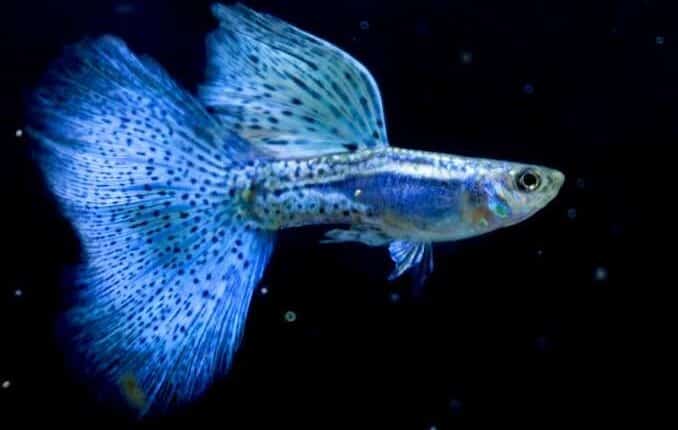Blue Grass Guppy: A Vibrant Jewel in Your Aquarium
The Blue Grass Guppy is a mesmerizing variety of guppy fish that has captivated aquarists with its unique coloration and elegant fin patterns. Known for its striking blue hues combined with a delicate, grass-like tail pattern, this guppy is both a visual delight and a relatively easy fish to care for, making it a favorite among beginners and seasoned fishkeepers alike.
What is a Blue Grass Guppy?
The Blue Grass Guppy is a selectively bred strain of the common guppy (Poecilia reticulata), designed to showcase a rich blue body color accompanied by a finely patterned tail resembling blades of grass. These tails typically exhibit a semi-transparent, speckled appearance that gives them a graceful, flowing aesthetic.
Male Blue Grass Guppies are particularly eye-catching due to their vibrant colors and longer fins, while females, though slightly less vivid, still carry a soft elegance.
For more detailed insight into this stunning breed, visit this comprehensive guide: Blue Grass Guppy
Key Features
- Coloration: Vivid blue body with intricate, grass-like patterns on the tail and dorsal fins.
- Size: Males grow up to 1.5 inches, while females can reach 2.5 inches.
- Temperament: Peaceful and social, ideal for community aquariums.
- Lifespan: Around 2 to 3 years with proper care.
Ideal Tank Setup
To help your Blue Grass Guppies thrive, ensure the aquarium mimics their natural habitat as closely as possible:
- Tank Size: Minimum of 10 gallons for a small group.
- Water Parameters:
- Temperature: 72°F–82°F (22°C–28°C)
- pH: 6.8–7.8
- Hardness: 8–12 dGH
- Filtration: A gentle filter to maintain clean water without strong currents.
- Plants and Decor: Live plants such as guppy grass, java moss, and hornwort offer shelter and enhance aesthetics.
Diet and Nutrition
Blue Grass Guppies are omnivores and will thrive on a varied diet. Feed them high-quality flake food supplemented with:
- Live or frozen brine shrimp
- Daphnia
- Bloodworms
- Spirulina-based foods
Feeding should be done in small amounts twice a day to prevent overfeeding and maintain water quality.
Breeding Blue Grass Guppies
Breeding guppies is relatively easy due to their livebearing nature. Males constantly court females, and one mating can result in multiple pregnancies. Provide hiding spots or breeding boxes to protect the fry, as adult guppies may eat them.
To preserve the unique blue grass trait, select breeding pairs with the desired coloration and patterns. This will ensure consistency in future generations.
Health and Common Issues
While guppies are hardy, they are still susceptible to common aquarium illnesses such as:
- Ich: White spots on the body
- Fin rot: Damaged and decaying fins
- Swim bladder issues: Difficulty maintaining buoyancy
Regular water changes, good diet, and quarantine practices for new fish can help prevent these problems.
Why Choose Blue Grass Guppies?
- Visual Appeal: Their shimmering blue tones and delicate tails make them stand out in any tank.
- Ease of Care: Suitable for both beginners and experienced aquarists.
- Peaceful Nature: They get along well with other non-aggressive fish species.
- Active Swimmers: Constant motion adds life and energy to the aquarium environment.
Learn More About Guppy Care
If you’re fascinated by guppies and want to explore more breeds, care tips, or breeding techniques, the Guppy Life website is an excellent resource. From beginner advice to expert insights, it covers everything you need to master the art of guppy keeping.


